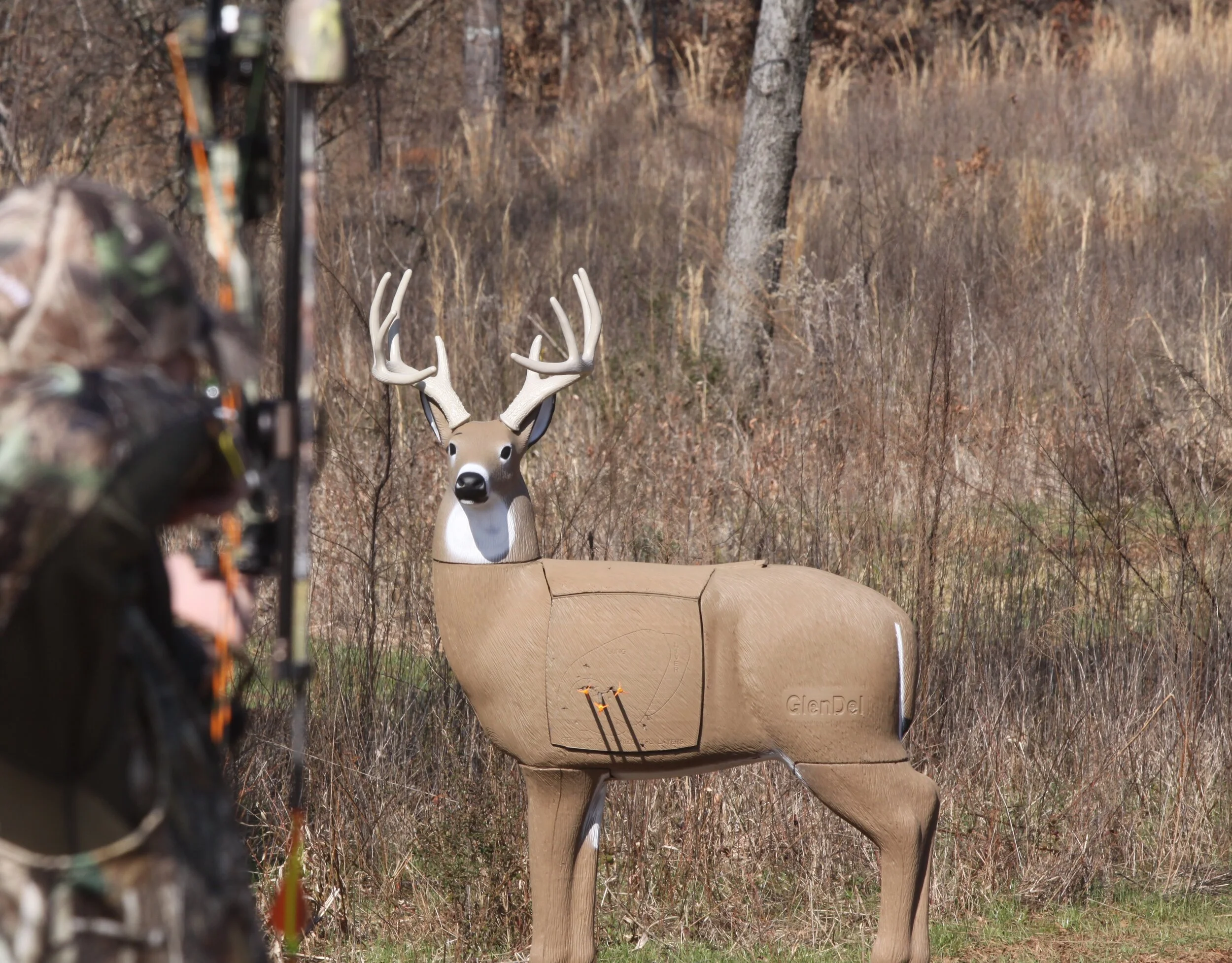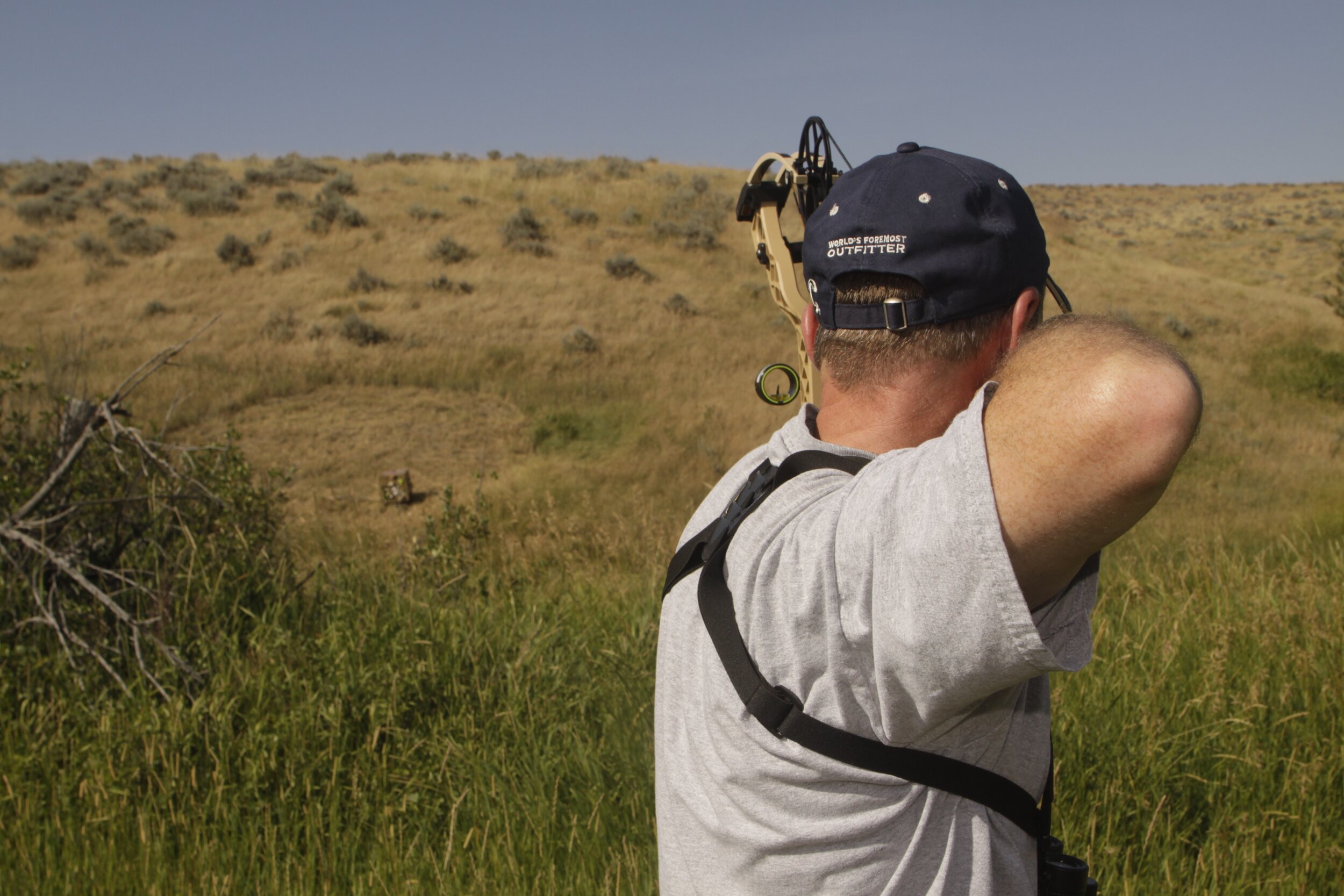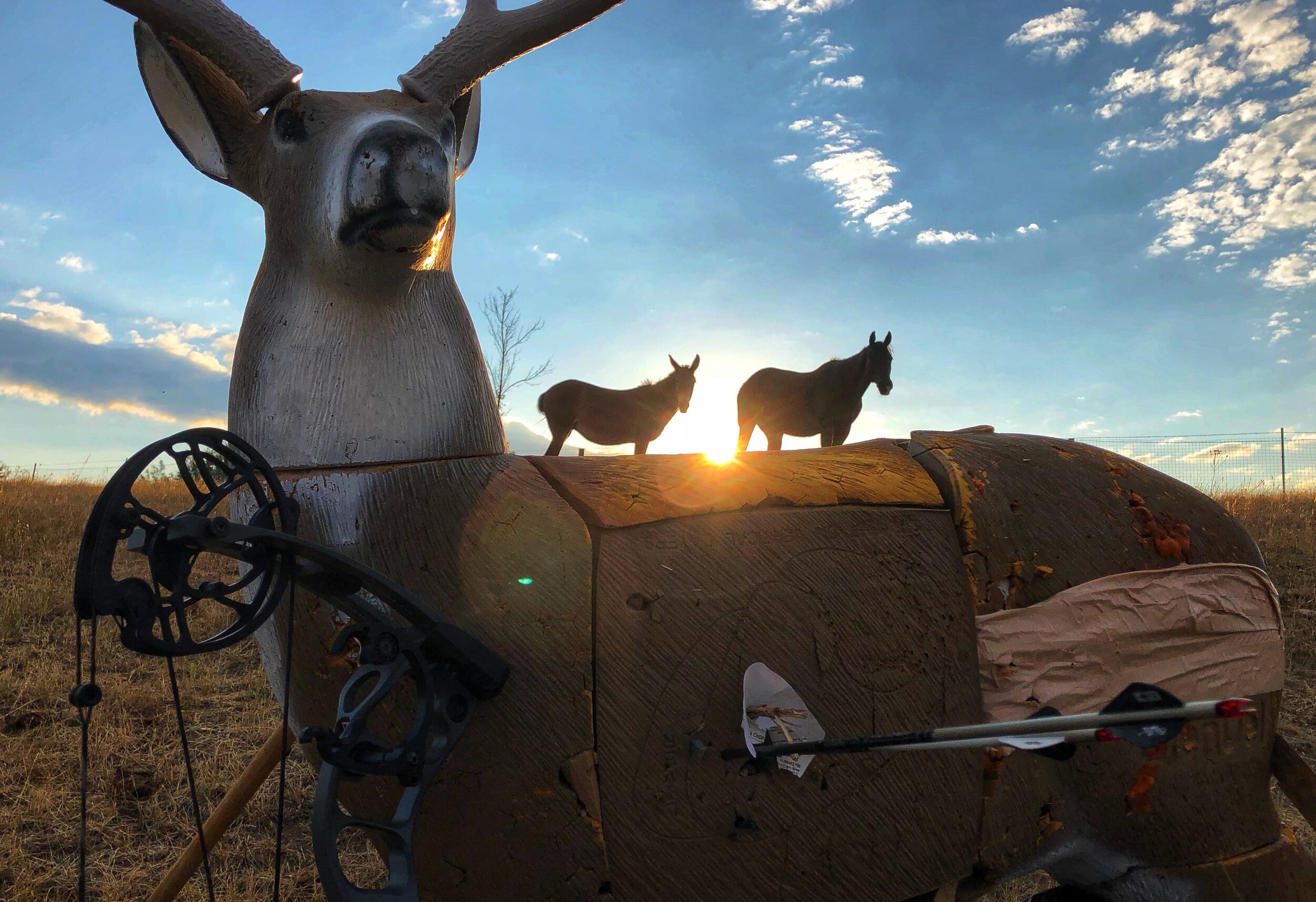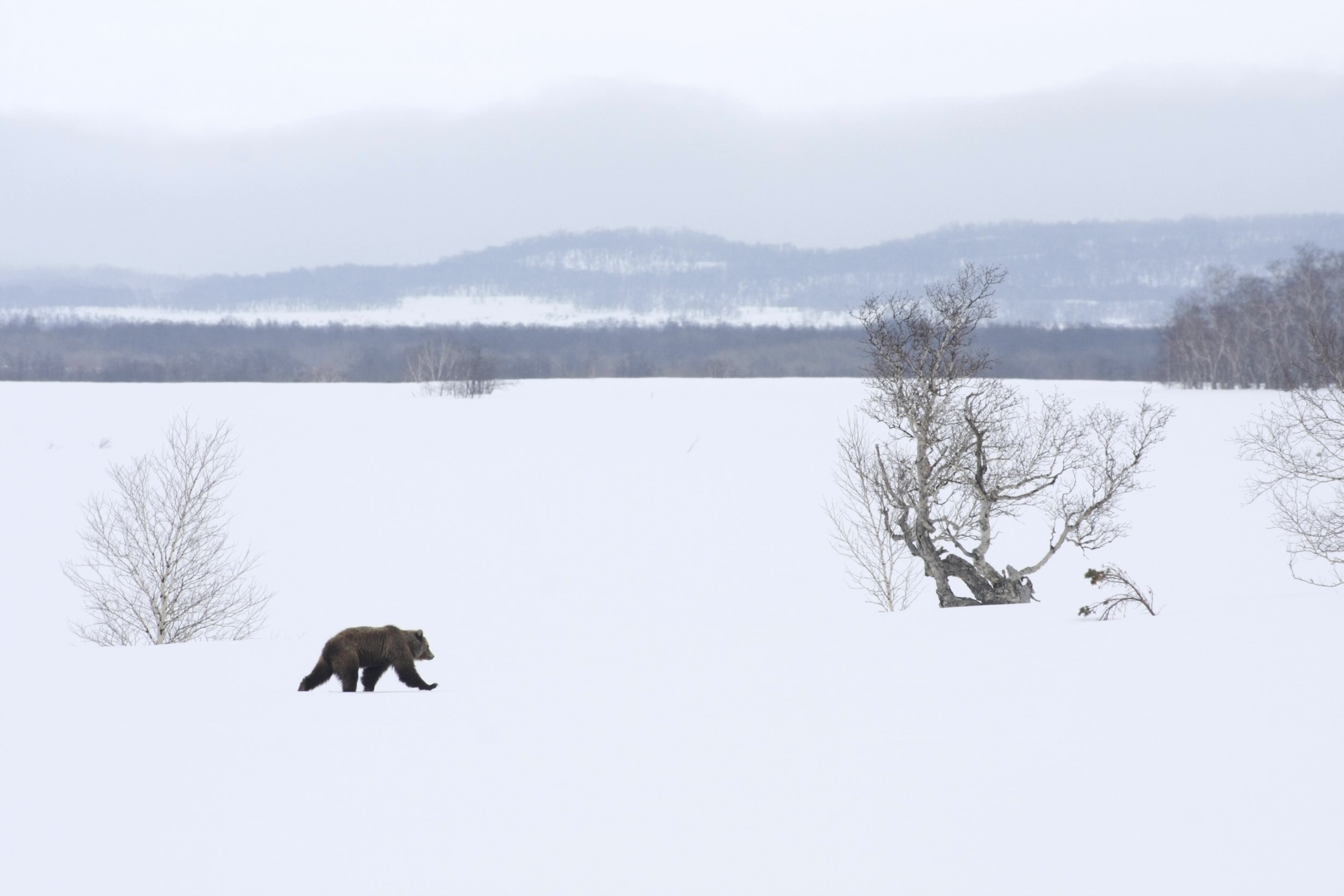Bow Practice Like You Hunt This Summer
Kayser practice in the preseason by shooting at animal targets and strictly using broadheads.Mark Kayser's 2021 Prime Nexus 2 signals an early Christmas and practice ahead. Everyone loves a shiny, new present under the Christmas tree. Christmas came early for me the other day with the arrival of my new Prime Nexus 2 bow. It is light, speedy, quiet and for north country hunters like me, the handgrip that warms rocks! It will take me a few days to add accessories and tune, but I am excited to start chasing critters with it ASAP.
Once I get the hardware added there is one important step before slinging arrows at my next meal: practice.
Practicing your archery skills at an indoor or outdoor range at premeasured distances has merit, but to really prepare for hunting season you need to expand beyond traditional practice sessions. I will be standing at attention like my soldier son before pre-ranged targets, but once I have the trajectory dialed in on my single-pin sight, I quickly move to the real world for the remainder of my skills exercise. You would also be wise to practice in real-world settings to replicate the terrain and weather you may encounter on a hunt.
Begin by analyzing where you will spend the most time bowhunting. Will you spend time in a treestand, in a ground blind, stalking or kneeling in the brush? Depending on your answer, set up your practice course in a setting that represents your answer. For treestand-like shots, consider shooting from a high gully into its depths or from the top of a high, outside deck. Both are safer and less rigorous than climbing repeatedly into a real treestand. My horse pasture includes several steep gullies to simulate treestand heights.
Kayser suggest you practice long, but try to limit long shots while hunting.For ground blind shots, you may want to set up a blind and practice launching arrows through the small windows to ensure proper clearance while seated. If you primarily stalk, shoot at targets through small openings of vegetation and crouch occasionally for realism. Lastly, copy your shooting style. Kneel, stand or bend if that is how you envision your hunt scenario. Remember, changing your shooting position may change your arrow flight.
Fling practice hunting broadheads as well to compare their flight pattern to field points. Even expandable broadheads, touted as flying like field points, may have a slightly different point of impact. Some expert archers even mark each individual arrow to track its unique flight pattern. I am not a paper shooter or competitor, so I have not shot a field point on targets for nearly 20 years. It is practice broadheads for me year-round.
It is also time to set aside your paper bull’s eye target and use a 3D animal target. Using 3-D targets, like a brawny buck target, trains your eye to look for small spots and body locations rather than a bright, round target. Shoot your target from varying angles as well to mimic angling away and downward, or upward shots. If you cannot afford a full-sized 3D, you can always purchase economical poster-sized paper targets of big game animals and place them over a standard target.
Practice shooting fast and shoot slow. When a buck or bull appears in a close shooting lane you will likely have to draw, aim, and release in a matter of seconds. My 2020 whitetail buck and bull both were only in shooting lanes for seconds. Practice for that surprise shot. It also helps to shoot shots longer than you may encounter. You may be offered a long shot and those should never be a snapshot. In those scenarios you will need to range the distance, draw, settle and squeeze for a smooth release. Shooting beyond normal hunting conditions gives you added confidence for the chip shot.
Mark Kayser uses his horse pasture as his real-world practice range.Lastly, on cool mornings or evenings, it pays to add a few clothing layers to simulate the bulk you will be donning during hunting season. Again, any change may alter your form and cause your arrow to shoot slightly different. And do not stop practicing if the wind blows or it starts raining. Both can affect your form and arrow flight. By shooting in real conditions, you can note and adjust to minimize accuracy issues.
Shooting at a traditional archery range is a great way to sight in or spend a weekend afternoon, but to really prepare for the real world, practice like you hunt in an authentic bowhunting setting.
For more about Mark Kayser and ways to follow him on social media, visit www.markkayser.com.
PHOTO INFORMATIONNOTE: Images noted below are for one-time use in this article only. Holding of materials constitutes acceptance of terms, which incorporate by reference Article 2 of the Uniform Commercial Code and the Copyright Law of 1976, as amended. For detailed information please contact Mark Kayser Enterprises Inc., mark@markkayser.com.







